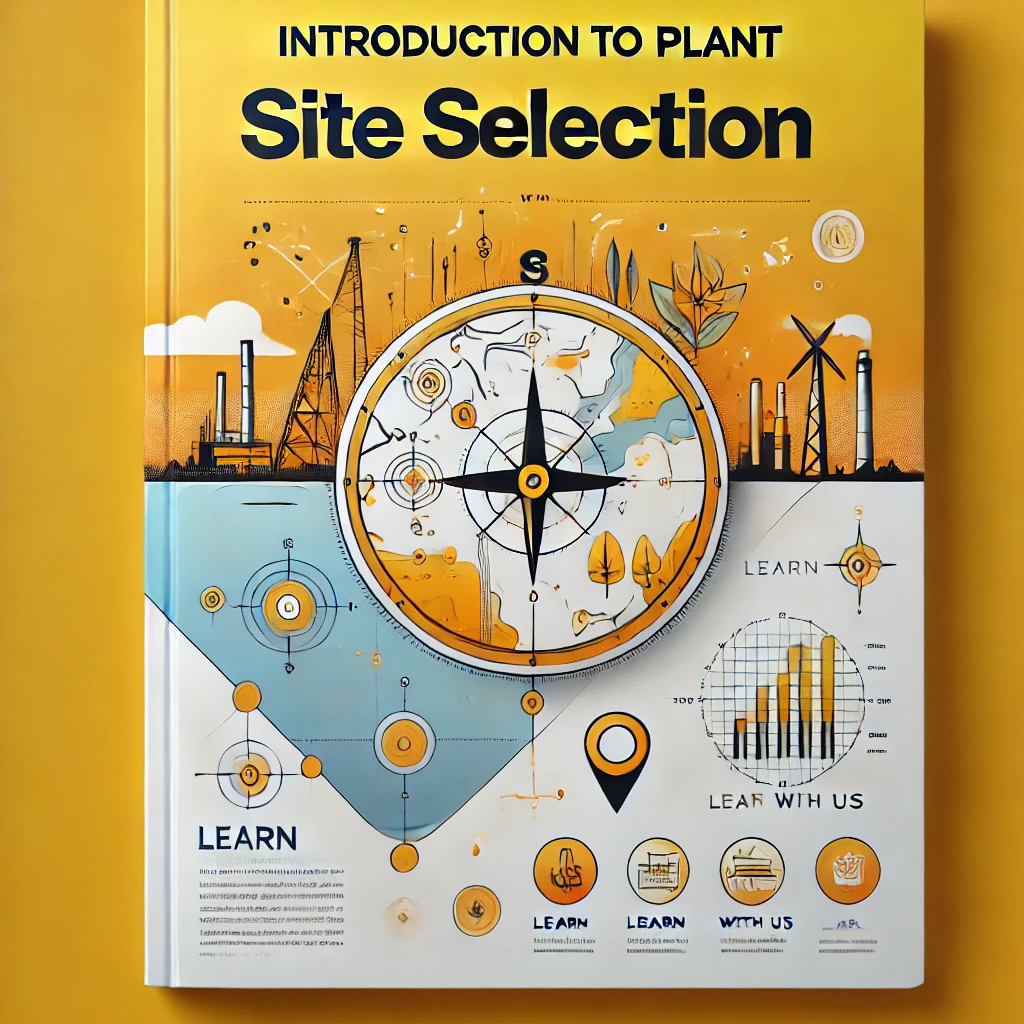Introduction to Plant Site Selection
The selection of a project site is a critical corporate decision that must consider numerous factors to ensure the plant's technological and economic feasibility. One of the key factors is adherence to government industrial policies. Additionally, the availability of essential resources such as power, water, effluent disposal, and skilled manpower are vital considerations, alongside the size and type of industry being developed.
Once the site is selected, the next step is to create the plot plan.
A plot plan is essentially a master layout that strategically positions each unit or facility within the defined boundaries of the site. This is particularly relevant for process industries such as:
- Oil Refineries
- Chemical, Agrochemical, Petrochemical, Organic, and Inorganic Chemical Plants
- Fertilizer Plants
- Pharmaceutical Plants
- Metallurgical Plants
- Power Generation Facilities
Developing a plot plan is a complex and detailed process. During this stage, it is important to take into account factors such as:
- Operational efficiency.
- Ease of maintenance.
- Safety requirements for both the plant and neighboring areas.
- Fire risks.
- Placement of utilities like power and water.
- Future expansion capabilities.
- The flow of personnel and materials.
All of these aspects must be harmoniously balanced for an optimal layout.
Before starting the plot plan development, it is essential to gather and analyze data across various engineering disciplines. This data will provide the foundation for informed decisions regarding the layout.
Key Considerations for Compliance with Statutory Regulations and Space Utilization Rules
1. Space Allocation
Building Coverage: Only 50% of the plot can be built upon.
Greenery and Trees: At least one-third of the space must be reserved for greenery and trees.
Parking: Must occupy 10% of the area.
Fire Safety and Water Storage: Space for fire safety measures and water storage must be incorporated.
2. Water Storage and Requirements
Domestic Usage: 100 liters per person per day.
Boilers: Based on steam rating and cooling tower capacity.
Gardening: Requires 5 liters per square foot of garden area.
3. Height of Structures
Boiler Chimneys: The height must comply with the formula:
H = 14√Q, where:H: Height of the chimney (in meters).
Q: SO₂ output in kg/hr.
